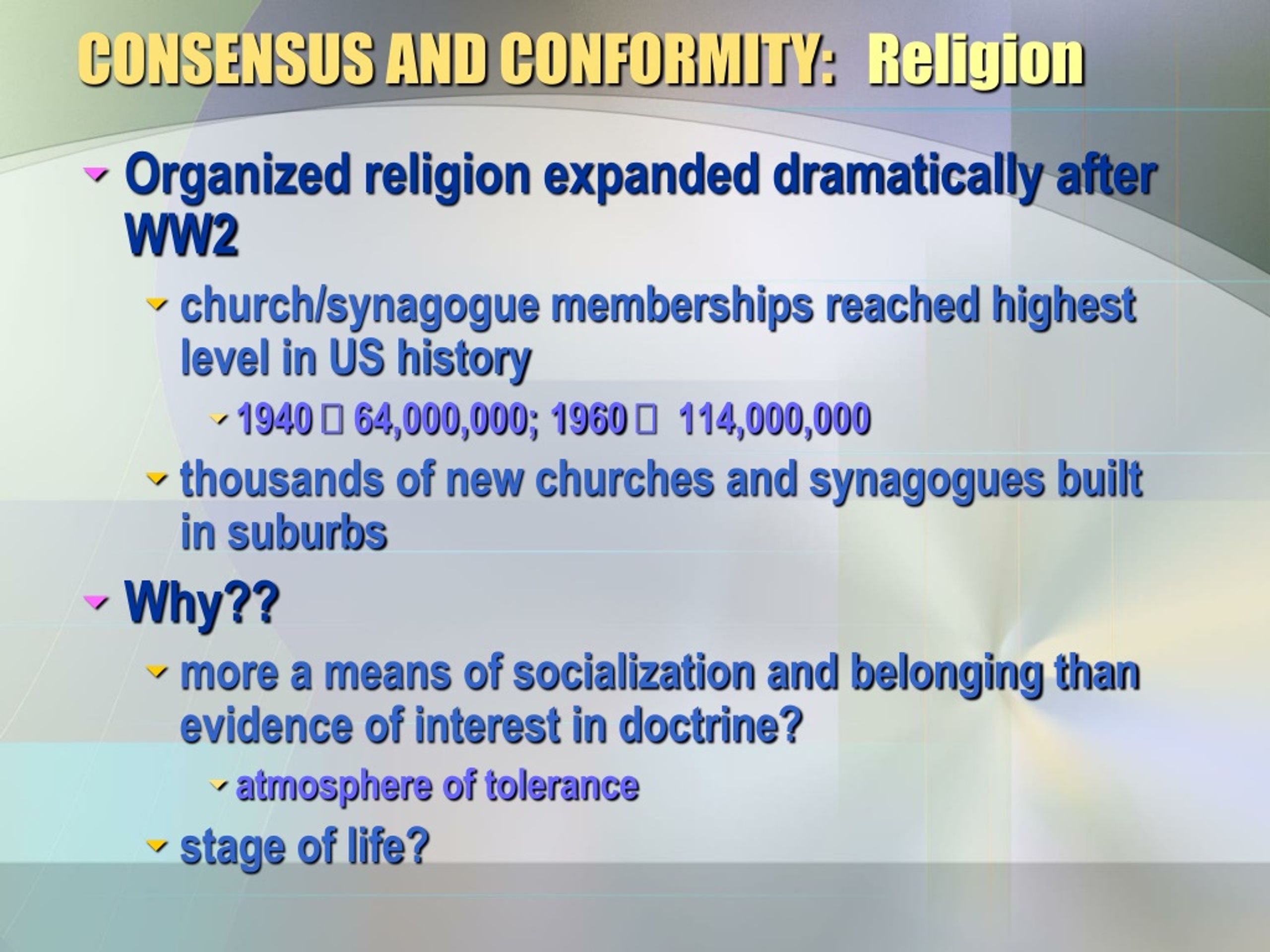

The compartments separated each piece of dishware. To make the machine wash dishes efficiently, Cochran measured the width, height, and length of plates, cups, and saucers and constructed wire compartments for the china to sit in. Mechanic George Butters agreed to assist her in building the prototype. Her lack of formal engineering education, however, became an obstacle, so she sought out someone who could help. She designed her first model in the shed behind her house in Shelbyville, Ill. Her great-grandfather John Fitch invented the first steamboat to be granted a U.S. patent. Her father, John Garis, was a civil engineer who supervised a number of mills near the Ohio River in Illinois. She opted to wash the dishes herself, but after she damaged many a plate, she decided to design and build a machine that could handle the task-faster and more carefully.Īccording to a profile of Cochran on the U.S. Patent and Trademark Office website, she vowed: “If nobody else is going to invent a dishwashing machine, I’ll do it myself.”Īlthough she had no technical background, she came from a family of engineers and inventors.
/here-s-your-order--481495657-5a5fc6bbb39d030037bf0bac.jpg)

When the household staff hand-washed the dishes, the delicate china often got chipped. She served the meals on her expensive, heirloom china. As a socialite, she was expected to hold frequent dinner parties. FED UP WITH DIRTY DISHESĬochran’s dishwashing woes began after she married wealthy merchant William Cochran in 1858. The Milestone program honors significant achievements in the history of electrical and electronics engineering. Her technical achievement is worthy of being named an IEEE Milestone, according to the IEEE History Center, but no one has proposed it yet. For Cochran’s invention, she was inducted into the U.S. Her machine was the first to use water pressure instead of scrubbers to clean dishes-which made it more efficient than Houghton’s or Alexander’s versions. Alexander improved on Houghton’s machine by adding a “geared mechanism that allowed the user to spin racked dishes through a tub of water,” according to an entry on reference website ThoughtCo.īut the person we have to thank for the modern-day dishwasher is Josephine Cochran (sometimes spelled Cochrane). It was a wooden box that used a hand-turned wheel to splash water on dirty dishes, and it had scrubbers. The first dishwasher to be granted a patent was invented in 1850 by Joel Houghton. THE INSTITUTE The dishwasher, a popular appliance in kitchens around the world, has gone through a number of iterations throughout its 170-year history.


 0 kommentar(er)
0 kommentar(er)
